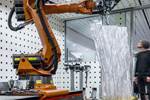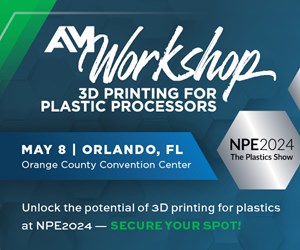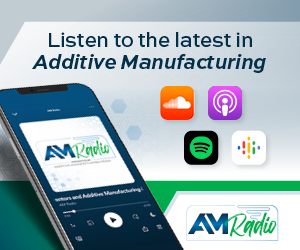Video: Microfactories, Large-Scale Machines and 3D Printers in Schools
Lonnie Love of Oak Ridge National Laboratories discusses the various factors that will contribute to the advance of additive manufacturing.
“Every company that makes something…needs to understand where additive is at today and where it’s going,” says Lonnie Love of Oak Ridge National Laboratory in this video.
Two significant developments he sees are microfactories and large-scale additive systems. What happens when production facilities get smaller and more flexible while additive manufacturing equipment achieves larger sizes and higher speeds? Love says either one of those developments, not to mention both of them together, could dramatically expand the use of AM.
Another important factor will be young people’s early exposure to 3D printing in schools, he says.
Related Content
-
Evaluating the Printability and Mechanical Properties of LFAM Regrind
A study conducted by SABIC and Local Motors identified potential for the reuse of scrap reinforced polymer from large-format additive manufacturing. As this method increases in popularity, sustainable practices for recycling excess materials is a burgeoning concern.
-
3 Points About 3D Printing Large Parts We Can Learn From the Lunar Habitat (Video)
Ingersoll Machine Tools describes the capabilities and promise of large-scale additive manufacturing as seen in the 3D printed sections of the Rosenberg Space Habitat.
-
Large-Format “Cold” 3D Printing With Polypropylene and Polyethylene
Israeli startup Largix has developed a production solution that can 3D print PP and PE without melting them. Its first test? Custom tanks for chemical storage.












